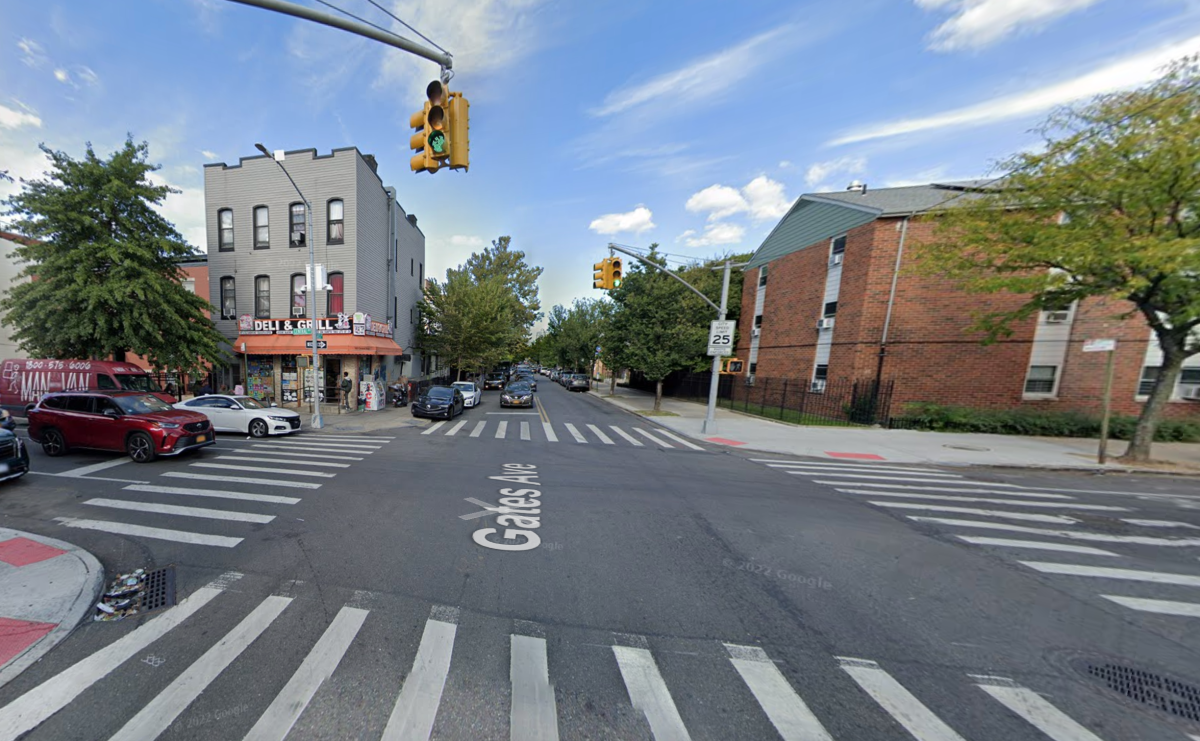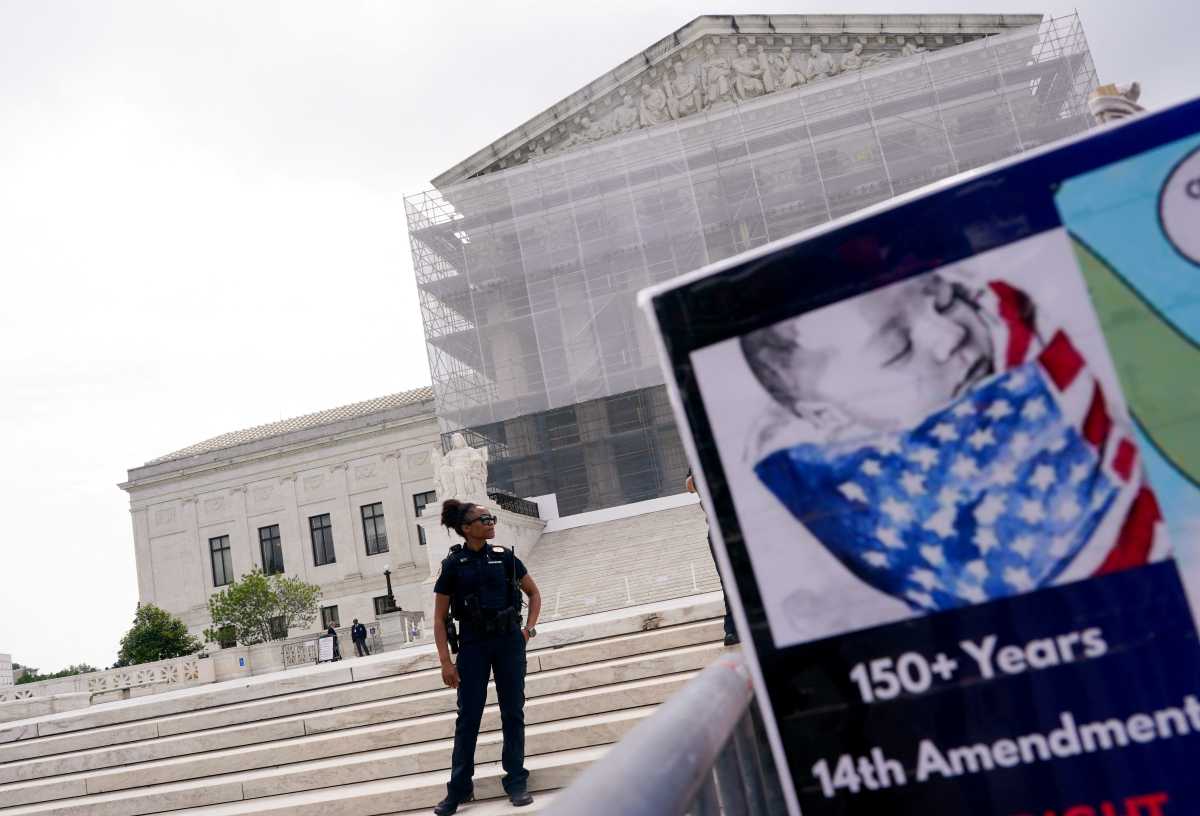Nurses across New York offer tireless dedication and unwavering commitment to their patients, yet often it goes unappreciated.
It’s why many nurses across the Big Apple are taking opportunities during National Nurses Week (May 6-12) to advocate for improved safety, staffing and administrational support.
Nancy Hagans, RN, BSN, CCRN, president of the New York State Nurses Association and a nurse with over 30 years of experience at Maimonides Medical Center, illuminates the pressing issues and the relentless efforts underway to address them.
According to Hagans, nurses have the double duty of advocating for themselves and the well-being of the patients they serve.
“Nurses are fighting for issues that they and their patients face on a daily basis,” Hagans told amNewYork.
At the forefront of these battles is the critical issue of safe staffing. Hagans pointed out that chronic understaffing in hospitals across New York forces nurses to take on excessive patient loads, a situation that not only contributes to nurse burnout but also directly jeopardizes patient care. NYSNA nurses are actively working to ensure compliance with New York’s safe staffing law, holding hospitals accountable and raising awareness about staffing levels that fall below safe standards.
Petar Lovric, BSN, RN, CPEN, CCRN, a nurse at NYC Health + Hospitals/Elmhurst in Queens, echoed Hagans’ points about staffing and overwork.
“There’s a tendency to make our jobs exceedingly more difficult,” Lovric said. “Often, changes are implemented and it’s the nurse’s role to carry those out. Seldom are we asked what we think about proposed changes, never mind the workload that is associated with a given change. I would like to hear, ‘How can we make your life easier?,’ and not just adding another task to complete.”
Lovric has one of the more difficult jobs in nursing, working in the pediatric emergency room midshift, with days starting at 11 a.m. and lasting until about 11:30 p.m. at night.
“It can be quiet one minute (we don’t say the q-word at work!), then super busy the next,” Lovric said. “As an example, a couple of days ago, I triaged 20 patients in 2 hours, and then triaged about the same for the remaining 6 hours. Some days, it’s non-stop all day, and you come home realizing you hadn’t eaten or gone to the restroom the entire shift. Other days can drag on for 12 hours.”
Nurses concerned about safety, finances

Beyond staffing, the safety of nurses in their workplaces is another urgent concern.
“Nurses too often face violence on the job,” Hagans said, noting the efforts nurses are undertaking to combat this issue. Through advocating for legislation and negotiating contract proposals, nurses are pushing for comprehensive prevention plans to mitigate the frequency and severity of violent incidents in healthcare settings.
The financial health of the healthcare system and its impact on patient access to care are also major focuses for NYSNA.
Hagans expressed deep concern over proposed cuts to federal healthcare budgets, warning that such measures would inevitably lead to patients being denied care and the potential closure of vital healthcare services and even entire hospitals. She specifically cited the vulnerability of less profitable but essential services like maternal and mental health, which are often the first to be cut when hospitals prioritize cost savings.
“We are working at every level to ensure that all New Yorkers receive the care they need and deserve,” she said, emphasizing the importance of preventing the closure of services communities rely on and fighting for fair funding.
Hagans also directly addressed the narrative of a “nursing shortage,” arguing that the real problem lies not in a lack of available nurses, but in the failure of hospitals to prioritize recruitment and retention.
“Our problem is not a nursing shortage. Our problem is that hospitals do not prioritize recruiting and retaining nurses,” Hagans said, stressing the importance of listening to and valuing the voices of nurses, who are the experts in patient care and often the first to identify when patient safety is being compromised by profit-driven decisions.
“We fight for better workplaces for ourselves and our patients because safe patient care is on the line,” she said.
And Lovric believes that answers to the many issues facing the healthcare industry in New York today could be solved if those in charge looked to the nurses for guidance.
“You would think that people making important decisions would ask us what we think,” Lovric said. “I would like to see more nurses at the decision-making levels of in-hospital administration along with public policy at local, state, and federal levels. Statistically, we spend the most time with our patients, and we’re the most trusted profession for the last 23 years. Our opinions matter.”







































